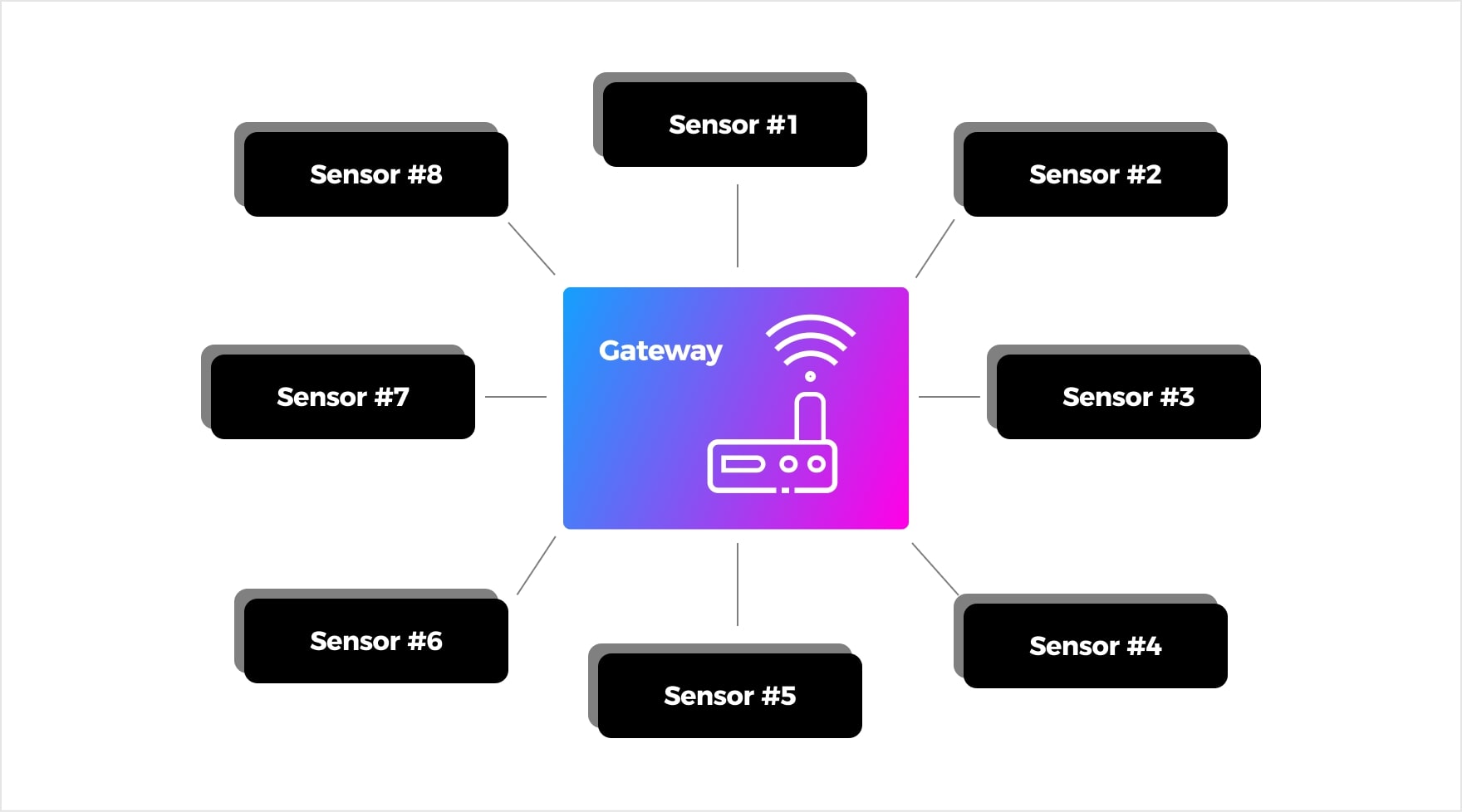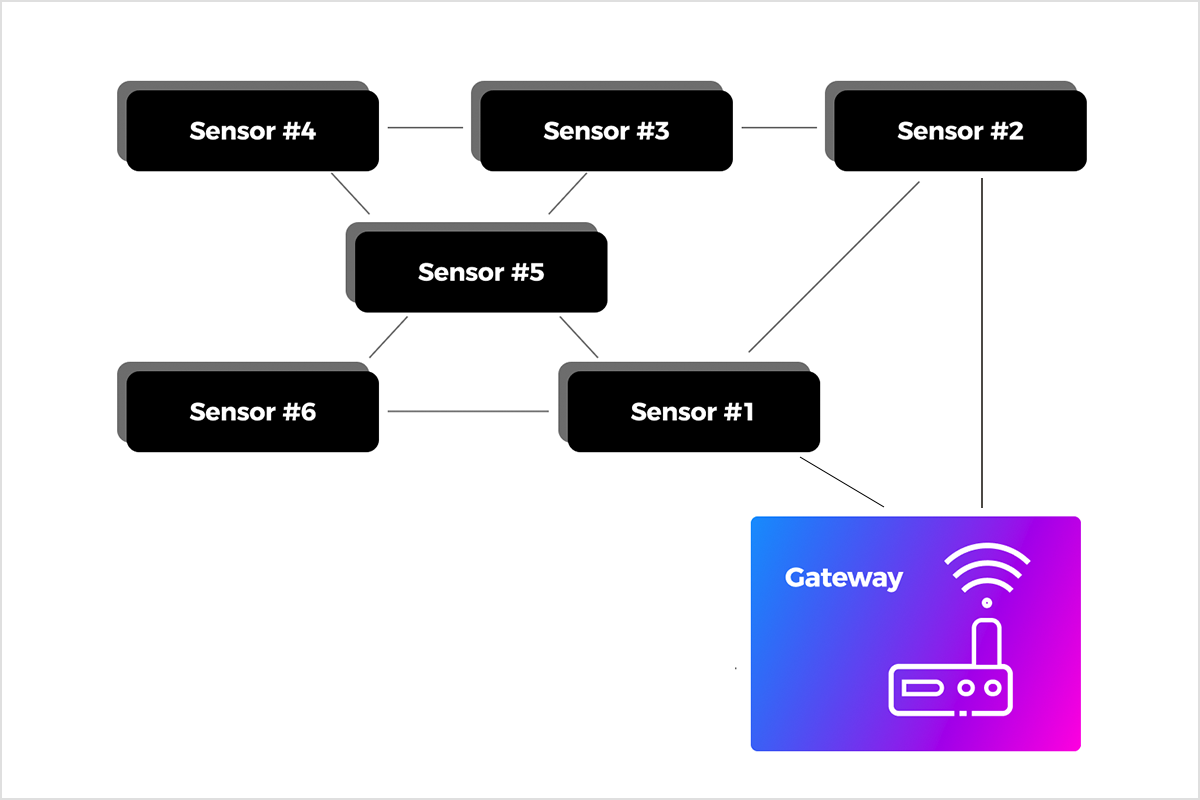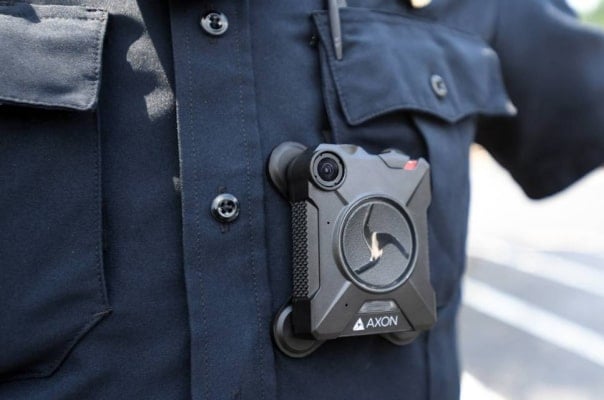
IoT HVAC Control System PoC
Overcoming obstacles for stable data transmission
The client worked on a smart solution for monitoring heating, ventilation, and air conditioning (HVAC) equipment. They needed an effective hardware platform for communication between connected devices.
Case Highlights
- Stable data transmission at 300m+
- Long battery life — 180 days when transmitting a signal every 10 seconds
- Based on Sub 1-GHz transceivers
- Custom communication protocol
- Easy battery replacement
Project Information
T&M (time and materials)
Scrum
Firmware Developers
Hardware Developer
Problem
The client turned to Softeq to create an IoT solution that would evaluate the wear and tear of HVAC equipment and detect failures.
The system would collect data from a network of indoor and outdoor sensors and send them to the cloud. After analysis in the cloud, the results would be displayed via a web interface.
Solution

Solution Requirements
1. System components that can properly exchange data despite physical obstacles (concrete and brick structures, elevation differences, windows)
2. Easy for customers to install at home or in the office
3. A minimum range of 70 m between transmitters and receivers
4. A connectivity protocol that extends the sensors' maximum battery life
To verify our solution, we began the project with a Proof of Concept. The system would incorporate a custom device for receiving data from sensors installed on the HVAC equipment (thermostat, air conditioning, ventilation).
Solution
Hardware Platform
Softeq implemented a hardware platform for communication between connected devices.
The system is based on Sub-1 GHz transceivers with embedded MCUs, which can transmit data over long distances using the IEEE 802.15.4 connectivity standard. In addition to the standard antenna connection, we used Antenna Diversity, a technique that improves the quality and reliability of wireless networks in urban environments.
With our design, the battery life of connected devices can last up to 180 days when transmitting a signal every 10 seconds. Our devices are powered by conventional 1000 mA batteries, which are easy to source and can be replaced by users, without the aid of a technician.
Hardware Market Research and Device Cost Estimation
We conducted market research, negotiated with the hardware manufacturers, and found the most cost-effective implementation option.
We examined the transceiver modules currently available on the market including NXP, Texas Instruments, and Microchip. To make sure that they meet the customer’s requirements, we developed custom firmware and test cases for each module. Despite some differences in the sensitivity and gain parameters of the RF amplifiers, the tests showed insignificant discrepancies in their range and power consumption. Therefore, we were able to select a hardware module based on cost and technical support services.
As a result of negotiations with vendors and their distributors, we were able to accurately calculate the cost of the device. According to our estimations, using the Texas Instruments module will result in lower overall solution costs. It is also more convenient to program and provides a more standardized method of communication.
Communication Protocol
The team came up with a custom communication protocol for more flexibility and cost-effectiveness.
We developed a custom low-level data transfer protocol based on IEEE 802.15.4, which is capable of reliably transmitting the necessary data over long distances. It also provides installation flexibility, allowing us to adapt the data flow and transfer speed to the actual environment where the system is installed.
In addition, the custom protocol helps the client to save on costs associated with the use of standard protocols when releasing the device to the market, including alliance membership expenses and trademark licensing fees.
Take a Digital Leap Forward
Leverage our expertise in everything from SaaS and cloud infrastructure optimization to legacy revitalization See how
Result
The most cost-effective solution
A P2P device connection using Texas RF modules based on the customized IEEE 802.15.4 protocol.
Our final proposal was both cost-effective and reliable. The method enables data transfer at a distance of at least 300 meters regardless of concrete walls, windows, and doors.
We also provided a contingency solution, should the customer wish to change their data transmission distance requirements in the future: mesh networks that cover even greater distances.
If the client decides to greenlight this IoT system, we have qualified developers who can bring it to scale.







